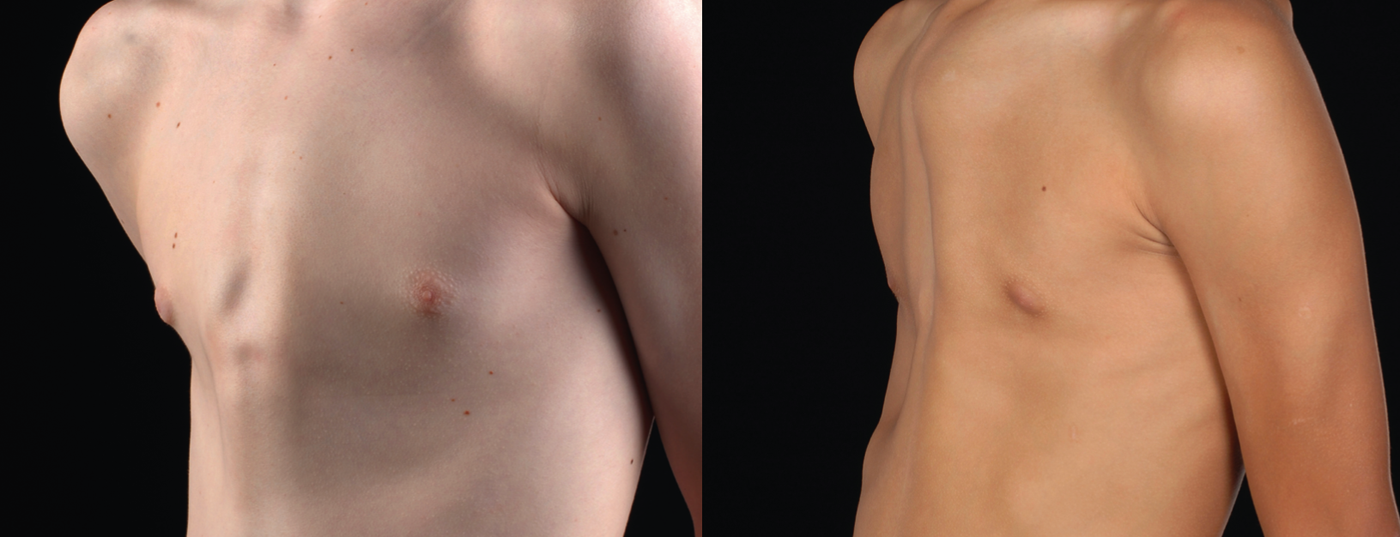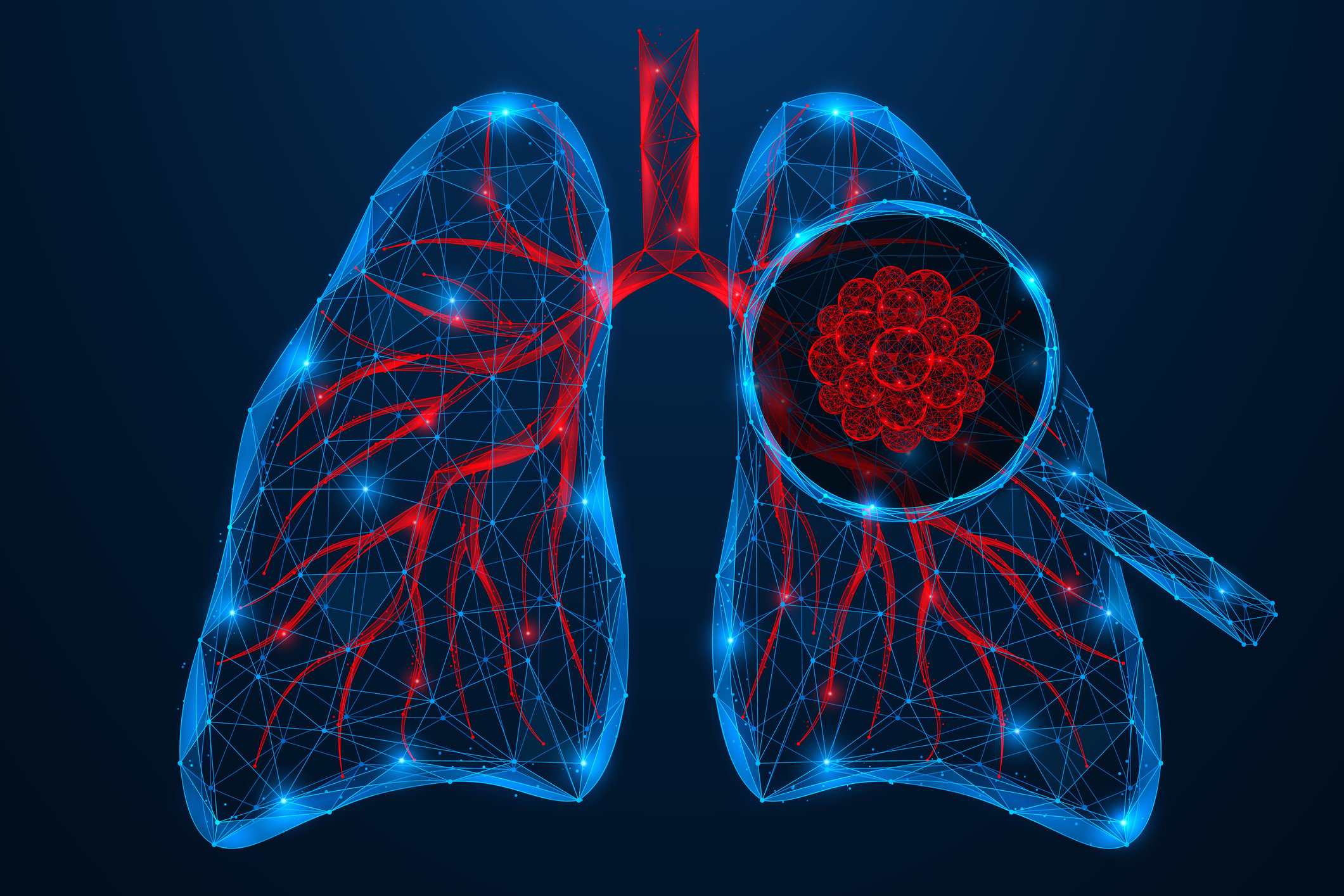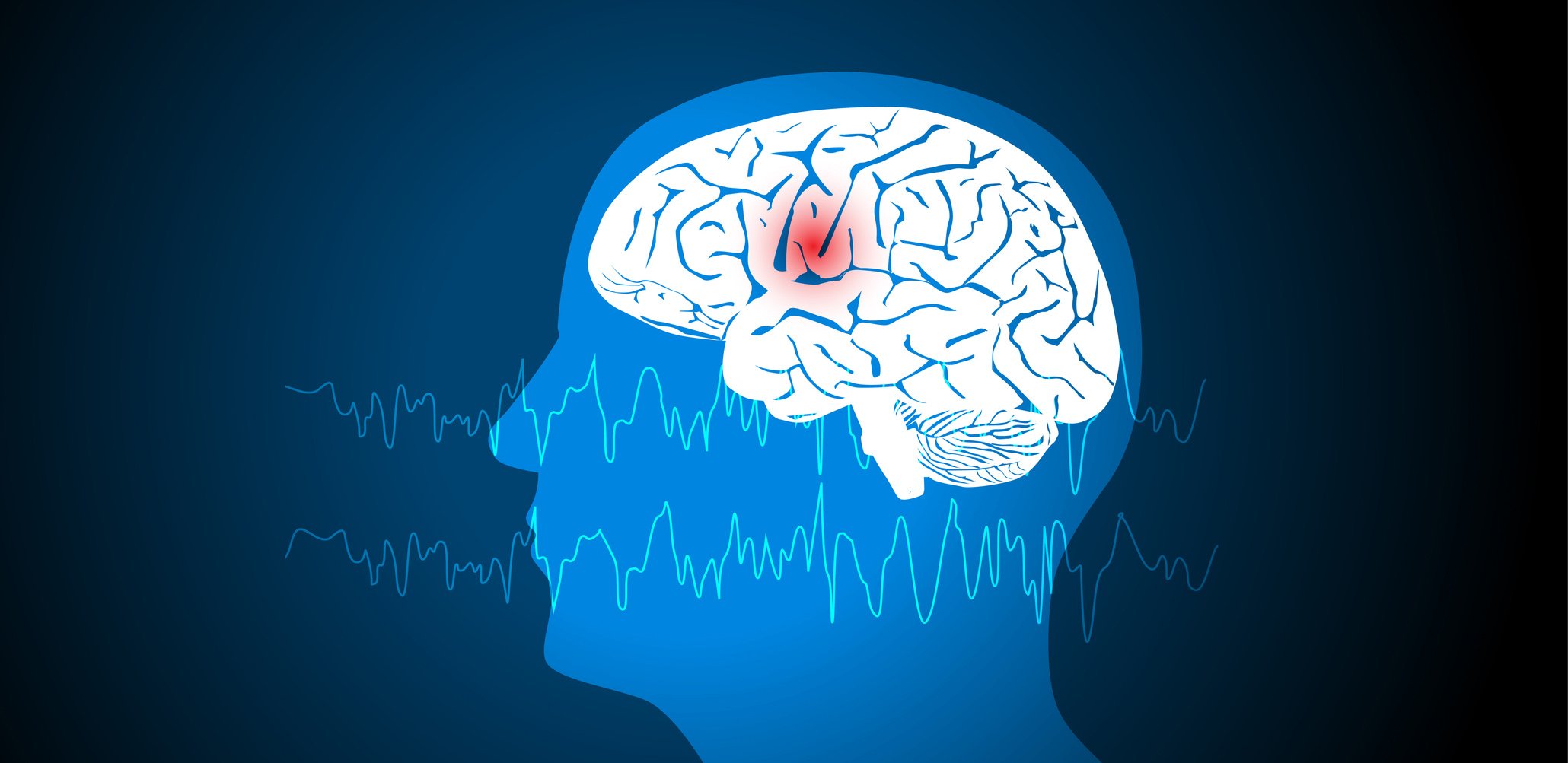The keel breast (chicken breast, lat. Pectus carinatum [PC]) is the second most common congenital deformity of the anterior thoracic wall in children and adolescents after funnel chest. It is characterized by a keel-shaped protrusion of the sternum. Although the cause is unclear, abnormal growth of chondrocostal rib cartilage has been described as the cause of PC. The following article provides information on the epidemiology, the different forms, and the conservative and surgical treatment options.
Pectus carinatum (PC) is about five times less common than funnel chest. The incidence is about 0.6%. Boys are affected about four to five times more often than girls. An exact mode of inheritance is not known, but a familial clustering of various chest wall deformities is observed. Especially in Argentina, PC seems to be more common than funnel chest.
Forms
PC is divided into two main types:
- Chondrogladiolar (“chicken breast”) is the most common and is characterized by protrusion from the mid and lower sternal portions and the costal cartilage (Fig. 1) . Almost half of the chondrogladiolar PC are asymmetric.
- Chondromanubrial (“pouter pigeon”, pectus arcuatum) is rare (5%) and characterized by protrusion of the upper part of the sternum with depression of the lower part (Fig. 2) . In the lateral x-ray, the sternum is Z-shaped.
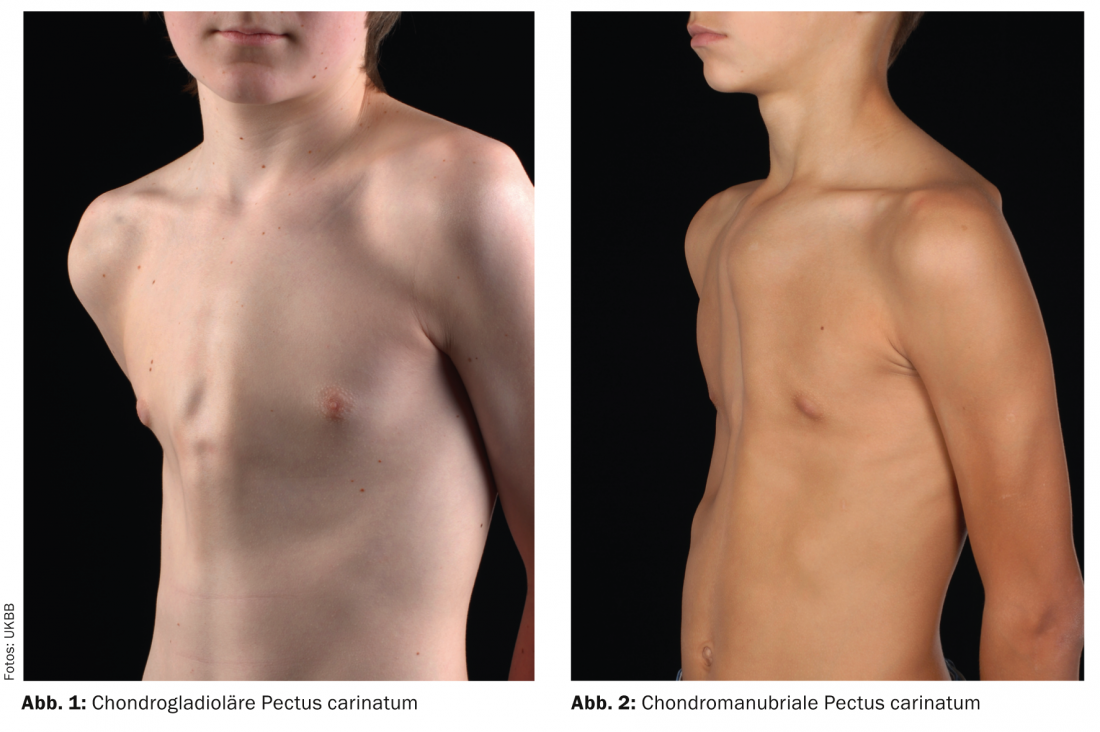
PC can be further divided into typical and atypical forms. The typical forms are symmetrical or asymmetrical and are the most common (90%). The atypical forms (10%) are combined deformities (funnel and keel breasts) and often associated with syndromes such as Currarino-Silverman, Poland, Marfan, Noonan or von Recklinghausen.
Natural course
The deformity is rarely visible at birth and usually develops during puberty. The deformity practically never corrects itself. If left untreated, there is a significant increase in findings in most cases, especially during the pubertal growth spurt.
Medical history
During the clinical examination, the nature of the deformity (type, degree of asymmetry) is described and photodocumented, and thoracic elasticity is evaluated (see below). In particular, we look for associated malformations, especially concomitant scoliosis and clinical signs of Marfan syndrome. Conventional photodocumentation is performed in a.p., oblique, and cranial views to better capture the degree of asymmetry. X-rays are primarily not mandatory, but may be necessary for further clarification of scoliosis. In the case of surgical correction, computed tomography of the thorax is indicated for accurate documentation of the deformity and positional relationship to the heart. Further routine examinations are usually not necessary before surgery and depend on the surgical procedure chosen (allergy test, pulmonary function, echocardiography in cases of suspected Marfan’s disease).
Clinic
In general, PC patients are usually asymptomatic cardiopulmonarily. However, PC often develops into a psychologically stressful aesthetic problem. Dyspnea, clustered respiratory infections, increased incidence of asthma, and decreased exercise tolerance are sporadically described. Sometimes the patient also complains of pain in the area of the protrusion. Sleeping in the prone position causes pain or is even impossible. In more than 15% of cases, PC is associated with scoliosis and/or connective tissue disease (Marfan’s disease, Ehlers-Danlos disease).
Therapy
The indication for treatment depends on the severity of the findings, the degree of suffering, the age of the patient and, if applicable, the associated malformations. 75-80% of all PCs are initially treated conservatively. Treatment options include conservative non-invasive via compression as well as surgical open (Ravitch technique) or minimally invasive (Abramson technique).
Conservative treatment methods
Conservative treatment is based on the fact that the thorax can be remodeled by external compression. In young patients with an elastic chest, conservative treatment with compression provides good cosmetic results. The patient is thus spared a painful operation that is costly for the payers.
Conventional compression orthosis
A custom-made conventional compression orthosis compresses the deformity like a spring with corresponding resistance. If the spring resistance decreases or the patient experiences a significant growth spurt, the orthosis must be remade accordingly.
Dynamic compression system
The novel dynamic compression system (DKS) has been available for more than ten years and is currently used in Argentina, the USA, France and, since June 2013, also in Switzerland (Figs. 3 and 4).

The DKS is fabricated according to the individual dimensions of the patient’s thorax. Consisting of several individual parts (Fig. 5), the DKS can easily be dynamically adapted to further body growth.
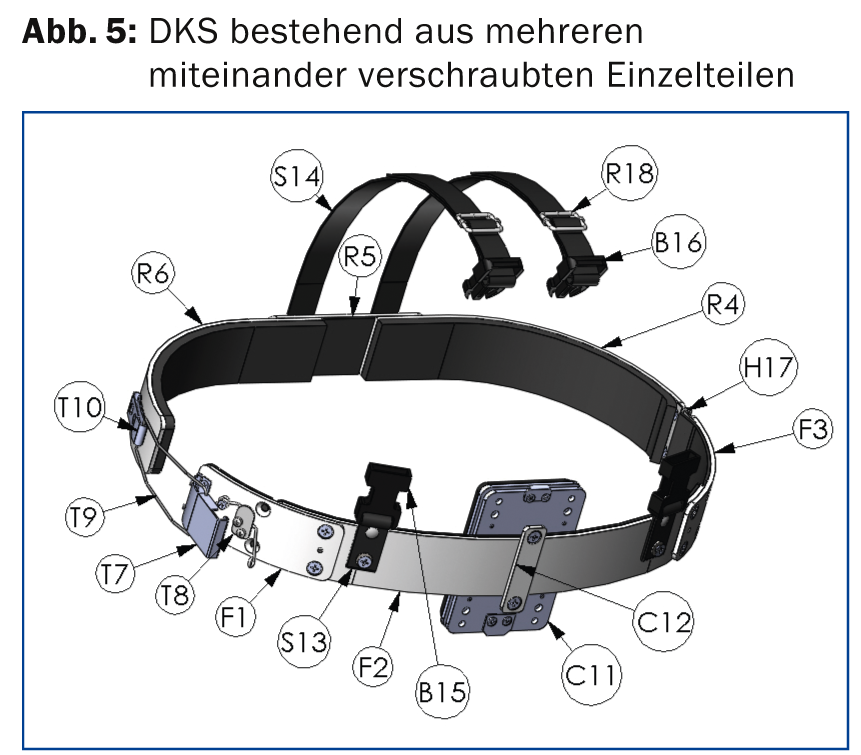
Thanks to a digital measuring device (Fig. 6) , the physician can adjust the correction pressure (pressure required to completely correct the protrusion) and the therapy pressure (pressure during daily application) as desired and influence the therapy success accordingly.
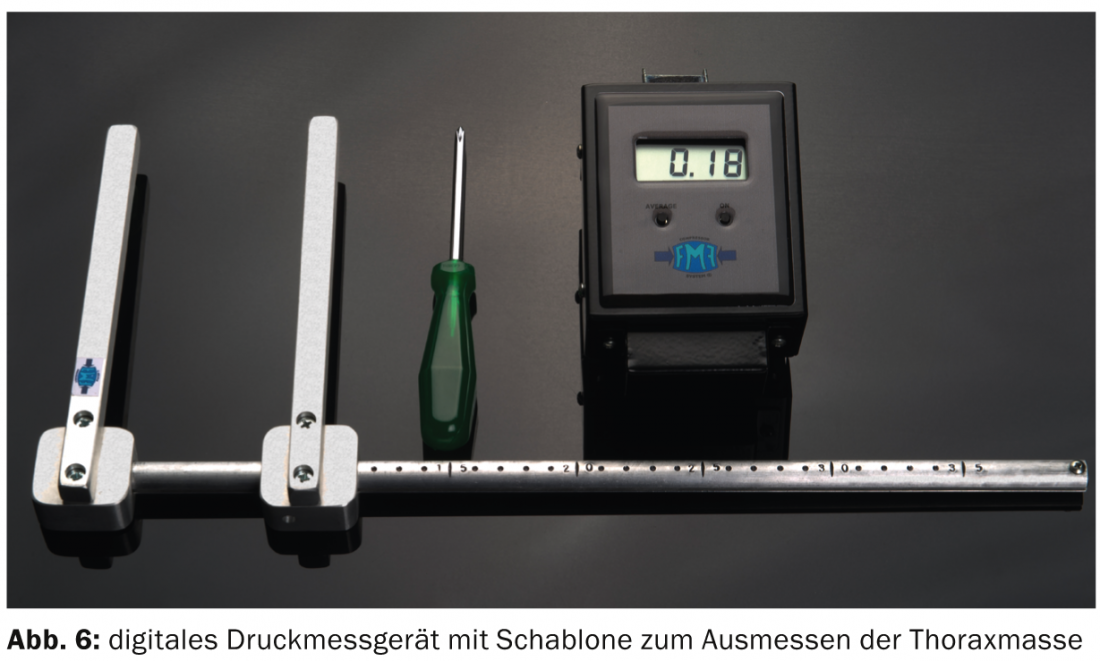
Pressure points on the skin due to excessive pressure are thus avoided. The DKS is worn during the day, but can also be worn all day. The corrective pressure allows a statement on the elasticity of the thorax and therapy duration, which on average ranges from three to six months. The DKS can be used at any age. In postpubertal patients, experience has shown that the duration of therapy is longer due to the decreasing elasticity of the thorax with age. Compared to conventional orthoses, the pressure of the DKS can be adjusted to body growth to optimize wearing comfort and ensure therapeutic success. Unlike conventional orthoses, which constrict the thorax like a “barrel,” the DKS allows the thorax to expand laterally when anterior-posterior pressure is applied. This is what makes remodeling of the thorax possible in the first place. Complications such as open skin, back pain and hematoma are extremely rare. In Argentina, this treatment method was successful in over 97% of treated Kiel breast patients during an eight-year follow-up.
The DKS is indicated for typical PC shapes (symmetrical or asymmetrical) and a maximum correction pressure of nine pound-force per square inch (psi, unit of measurement for pressure, conversion: 1 psi = 6894.757 Pa).
In 9% of treated patients with DKS, recurrence of PC occurred during the pubertal growth spurt and was successfully treated again with the same DKS.
For the first time in German-speaking countries, the DKS is offered by the authors at UKBB. Consultation is provided as part of a specialty consultation for thoracic wall deformities. Since June 2013, 18 patients have been treated with the DKS. The preliminary results are very promising and in line with the experience reported in the literature so far. Wearer compliance is very good and the mostly adolescent patients are very satisfied.
Surgical correction procedures
Ravitch technique: If the protrusion cannot be sufficiently compressed, e.g. because the thorax is already too stiff or the patient refuses conservative therapy, the indication for surgery must be critically discussed. For a long time, open surgery according to Ravitch was considered the standard. After a horizontal intermammillary skin incision, the sternum and chondrocostal cartilage junctions are visualized under general anesthesia and the excess rib cartilage is resected. There is a de facto severing of the cartilaginous connections between the sternum and ribs. Here, the perichondrium is left in place to ensure renewed cartilage formation. Subsequently, the sternum is brought into the desired position and fixed. In some cases, a sternal osteotomy is required. The cosmetic results are very good, but this technique causes a significant wound area and leaves a long scar. In some cases, considerable pain can also be expected after the operation.
Abramson technique: For some years now, PC can be corrected with a novel, minimally invasive surgical procedure. In the Abramson procedure, a stainless steel or titanium stirrup, as used in the minimally invasive correction of Nuss’ funnel chest, is inserted underneath the skin in front of the deformity through two small lateral incisions in the thorax and fixed laterally to the ribs. This technique is particularly indicated in patients with symmetric chondrogladiolar PC and sufficiently elastic chest. The cosmetic results are excellent and the complication rate (iron dislocation) is low. The Abramson operation, which was performed for the first time nationwide at UKBB, has shown promising results so far.
General therapy recommendations
In children and adolescents with a simple or mild form of PC, we recommend conservative treatment using compression. This group includes patients who would rarely or never opt for surgery due to the low severity of findings and who still have an elastic chest.
For complicated PC types, stiff chest and elderly patients, we recommend surgical correction. These are keel breast findings that can only be corrected with surgery. This group also includes those patients who do not show sufficient compliance for conservative compression therapy, the thorax has a corrective pressure >9 psi, and the likelihood of therapeutic success with compression alone is correspondingly low.
To improve the often kyphotic posture, we recommend therapy-accompanying physiotherapy for all patients with keel chest.
Sergio Sesia, MD
CONCLUSION FOR PRACTICE
- The keel breast/pectus carinatum (PC) is characterized by protrusion in the region of the sternum.
- PC is rarely visible at birth and usually develops during puberty.
- If left untreated, an increase in findings usually occurs.
- Clinical examination should look for associated malformations (scoliosis) or syndromes (Marfan’s disease).
- Cardiopulmonary symptoms are rare, but for those affected, PC usually represents a psychologically distressing aesthetic problem.
- For PC patients with elastic chest, we recommend conservative therapy first.
- For complicated PC types, stiff chest and elderly patients, we recommend surgical correction.
A RETENIR
- Le thorax en bréchet/Pectus carinatum (PC) est caractérisé par une protrusion au niveau du sternum.
- Le PC est rarement décelable à la naissance et se développe surtout à partir de la puberté.
- On constate la plupart du temps une accentuation en l’absence de traitement.
- Il convient lors de l’examen clinique de rechercher des malformations (scoliose) ou des syndromes associés (M. Marfan).
- Les symptômes cardio-pulmonaires sont rares, pour les sujets atteints le PC représente essentiellement un problème esthétique psychiquement pénible.
- Nous recommandons en premier lieu un traitement conservateur pour les patients atteints de PC avec un thorax élastique.
- Dans les types de PC compliqués le thorax se rigidifie et nous recommandons une rectification chirurgicale pour les patients plus âgés.
Literature:
- Abramson H, et al: A 5-year experience with a minimally invasive technique for pectus carinatum repair. J Pediatr Surg 2009; 44: 118-123.
- Cohee AS, et al: Staged management of pectus carinatum. J Pediatr Surg 2013; 48: 315-320.
- Fonkalsrud EW, et al: Repair of pectus excavatum and carinatum deformities in 116 adults. Annals of Surgery 2002; 236: 304-314.
- Frey AS, et al: Nonoperative management of pectus carinatum. J Pediatr Surg 2006; 41: 40-45.
- Lopez M, et al: Preliminary study of efficacy of dynamic compression system in the correction of typical pectus carinatum. Eur J Cardiothorac Surg 2013; 44: e316-319.
- Martinez-Ferro M, et al: Dynamic compression system for the correction of pectus carinatum. Semin Pediatr Surg 2008; 17: 194-200.
- Obermeyer RJ, et al: Chest wall deformities in pediatric surgery. Surg Clin North Am 2012; 92: 669-684.
- Ravitch MM: Unusual sternal deformity with cardiac symptoms operative correction. J Thorac Surg 1952; 23: 138-144.
- Shamberger RC, et al: Surgical correction of pectus carinatum. J Pediatr Surg 1987; 22: 48-53.
HAUSARZT PRAXIS 2014; 9(2): 26-29

